Let’s face it – trying to stick to a high protein diet is like trying to solve a Rubik’s cube while riding a unicycle.
It’s not just about chugging protein shakes and doing bicep curls. You need to track your macros, count your calories, and somehow not lose your mind in the process.
That’s where meal tracking apps come in – they’re like having a nutritionist in your pocket who doesn’t judge you when you log that midnight protein bar.

The Best Meal Tracking Apps for High Protein Diets (That Won’t Drive You Crazy)
So you’re committed to getting swole, maintaining muscle, or just making sure you’re not surviving on ramen and prayers. Good for you! Let’s find an app that makes tracking your protein intake less painful than a leg day.
What Makes a Meal Tracking App Actually Worth Using?
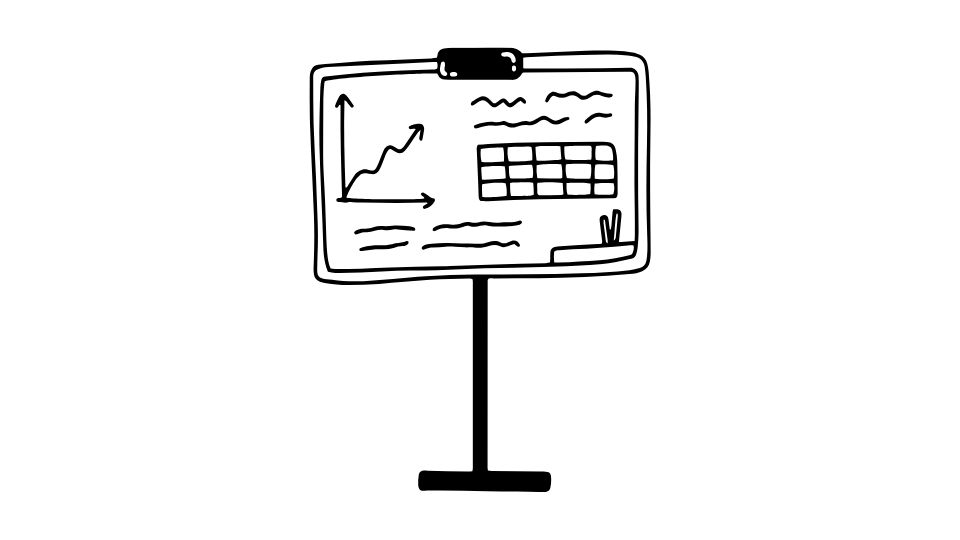
Before we dive into the specific apps, let’s talk about what separates the protein-tracking champions from the digital paperweights:
- Massive food database – Because nobody has time to manually enter the nutrition facts for every random protein bar they try
- Macro tracking – Protein, carbs, and fats aren’t just fancy words your gym buddy throws around
- User-friendly interface – If it takes 10 clicks to log a chicken breast, you’re gonna quit by day three
- Wearable integration – So your Apple Watch and your food diary can be best friends
- Customization options – Because your diet is as unique as your gym playlist
The All-Stars of Protein Tracking Apps
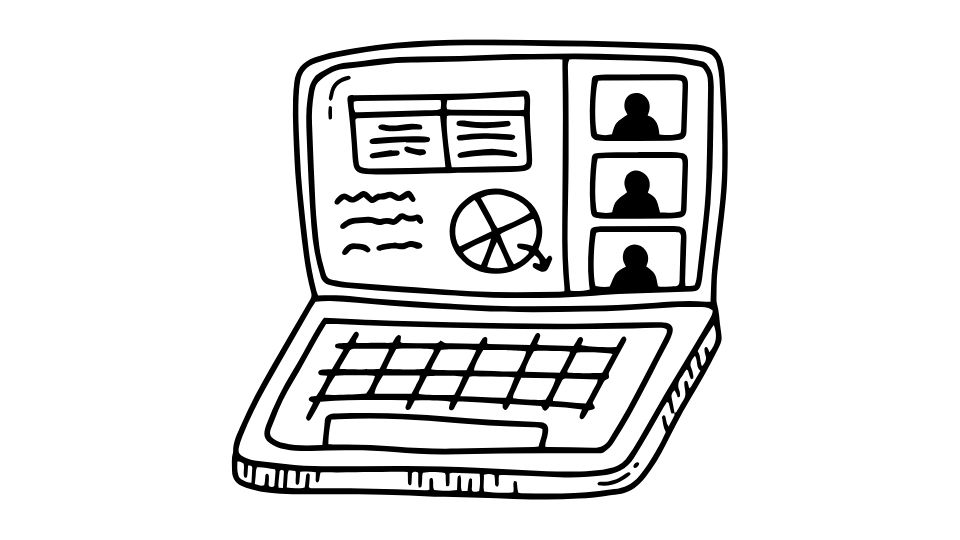
1. SnapCalorie: Take Pictures, Get Macros
Imagine this: you make a beautiful high-protein meal, take a quick pic, and BOOM – all your macros are calculated. That’s SnapCalorie in a nutshell.
Why it’s awesome:
- AI-powered food recognition that actually works (most of the time)
- Completely free (I’m not kidding – no premium tier or surprise subscriptions)
- Perfect for meal preppers who eat similar high-protein meals
Using AI to identify your food might sound like science fiction, but research shows visual food recognition technology is getting surprisingly accurate.
The downside? The community features aren’t as robust as some other apps. But let’s be honest – you’re here to track protein, not make friends.
2. MyFitnessPal: The OG Macro Tracker
MyFitnessPal is like the Toyota Camry of food tracking apps – reliable, popular, and gets the job done.
What makes it solid:
- 18+ million foods in their database (including that weird protein powder you bought online)
- Barcode scanner for when your fingers are too tired from lifting to type
- Detailed nutrient breakdowns beyond just protein
It’s got a massive user base, which means most restaurant meals and grocery items are already in the system. The free version is decent, but premium unlocks more detailed macro tracking.
The catch? Some of that user-submitted data can be about as accurate as gym bro nutrition advice. Always double-check entries that seem off.
3. Mealbymeal: Text Your Food, Get Your Macros
For those who find traditional food logging as appealing as cardio, Mealbymeal offers a refreshingly simple approach.
Why it’s different:
- Text-based meal tracking – just message what you ate
- Simple macro breakdowns without overwhelming you
- No app-switching required – everything happens in your messaging app
It’s perfect if you’re the type who finds most food tracking apps too complicated. According to a study on dietary adherence, simplicity is one of the key factors in sticking with a nutrition plan.
4. Cronometer: For The Nutrition Nerds
If you’re the type who wants to know the exact milligrams of riboflavin in your protein shake, Cronometer is your new best friend.
What sets it apart:
- Verified food database with actual nutritional science behind it
- Tracks up to 82 nutrients (not just the basic macros)
- Integrates with all your fitness gadgets
Cronometer is like having a lab analyze everything you eat. Their database is carefully curated, which means fewer inaccuracies than user-generated entries.
A comparative analysis of nutrition apps found Cronometer to be among the most comprehensive for detailed nutrient tracking.
The learning curve is steeper than Mount Everest, but worth it if you’re serious about optimizing your nutrition.
5. Lose It: Camera-Friendly Food Tracking
Lose It combines visual food recognition with goal-oriented tracking that keeps you motivated.
Why people love it:
- Smart camera estimates calories and macros from photos
- Goal-setting features that actually make sense
- Clean, intuitive interface that doesn’t feel like a spreadsheet
While it was originally designed for weight loss (hence the name), it’s equally effective for tracking high-protein diets aimed at muscle gain.
6. Carb Manager: Not Just for Keto Bros
Don’t let the name fool you – Carb Manager is excellent for tracking protein too.
Why it works for protein tracking:
- Detailed macro breakdowns with visual charts
- Recipe builder for your protein-packed creations
- Customizable targets for all macros, not just carbs
Originally built for the keto crowd, it’s evolved into a comprehensive nutrition tracker that works well for any macro-focused diet.
How to Not Waste Your Time With These Apps
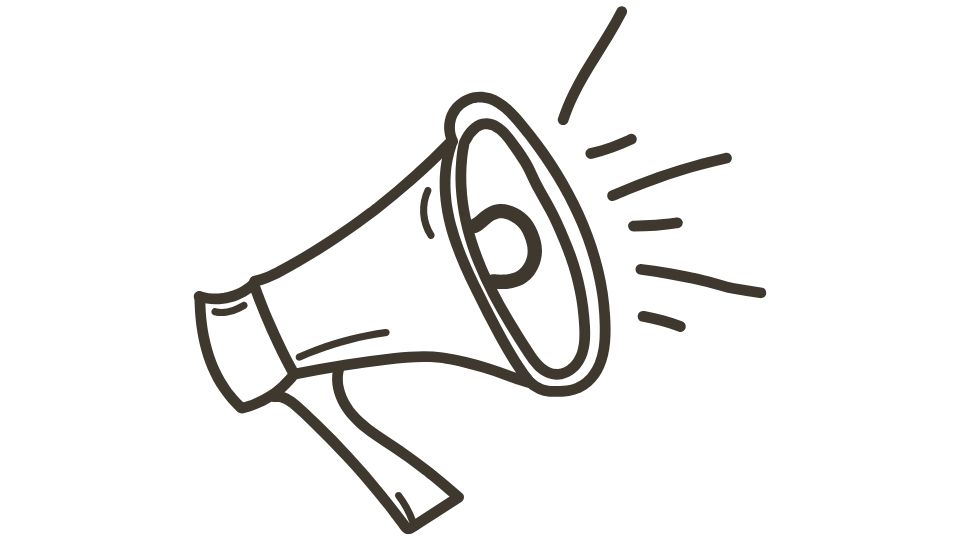
Let’s be real – downloading an app won’t automatically put you in a protein surplus. Here’s how to actually make these tools work for you:
- Pick ONE app and stick with it – App-hopping is the digital equivalent of program-hopping at the gym
- Set realistic goals – Aiming for 300g of protein daily when you’re just starting out is setting yourself up for failure
- Use the premium features if they save you time – Your time is worth more than $5/month
- Pair with a fitness tracker for the complete picture – Your Apple Watch or Fitbit provides valuable context to your nutrition data
Let’s Be Honest About Tracking Apps
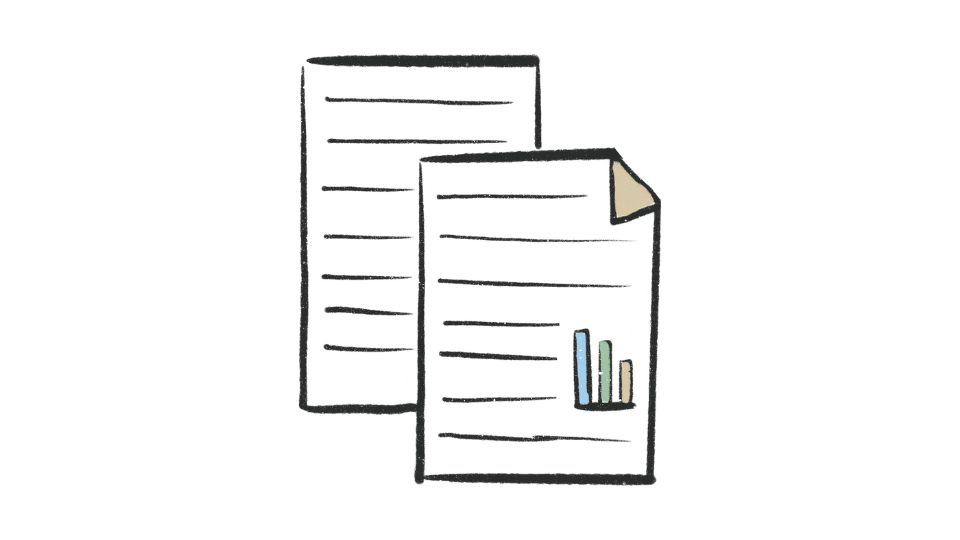
The best tracking app is the one you’ll actually use consistently. It’s like gym equipment – the fanciest power rack in the world is useless if you never step foot in the gym.
While SnapCalorie’s AI approach is innovative and Cronometer’s precision is impressive, the “best” app depends on your personal preferences and habits.
Are you a data nerd who loves graphs? Cronometer might be your jam. Visual learner who hates typing? SnapCalorie could be your match. Prefer texting to app-switching? Mealbymeal has your name written all over it.
Remember: these apps are tools, not magic wands. They can’t force chicken breast down your throat or stop you from demolishing a pizza at 2 AM. But they can provide accountability and insights that make hitting your protein goals significantly easier.
The protein-packed bottom line? Pick an app, give it a solid two-week trial, and see if it fits into your lifestyle. Your gains (and your sanity) will thank you.



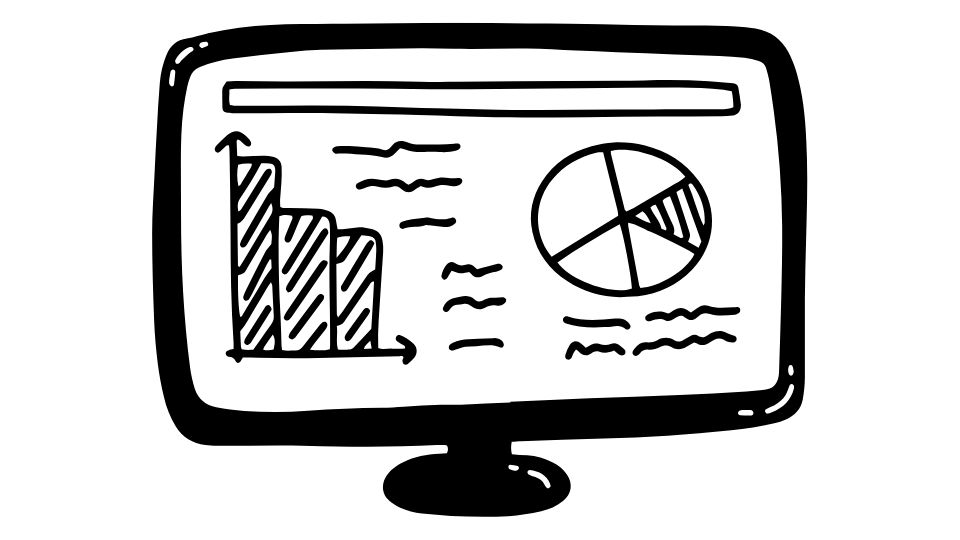
Leave a Reply